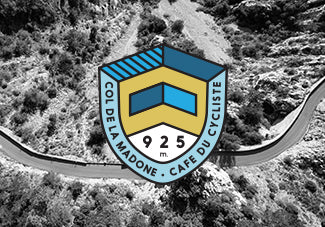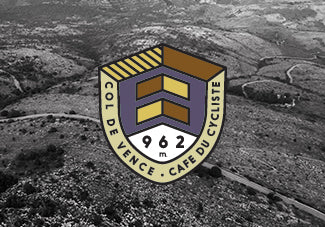Col de Brouis: Nos montagnes à la carte #11
For the people of Breil-sur-Roya before the Second World War, the Col de Brouis was a lifeline. It was the only route for them to the rest of France.
To the north of them was Tenda, an Italian town surrounded by lush forests that were the Italian king’s favourite hunting grounds.
To the south, along the fast-flowing Roya river, were two small French settlements and another border post with Italy beyond. They were stranded, with only high rock walls and enemy territory on all sides.
No wonder there are so many barracks on the Col de Brouis.















